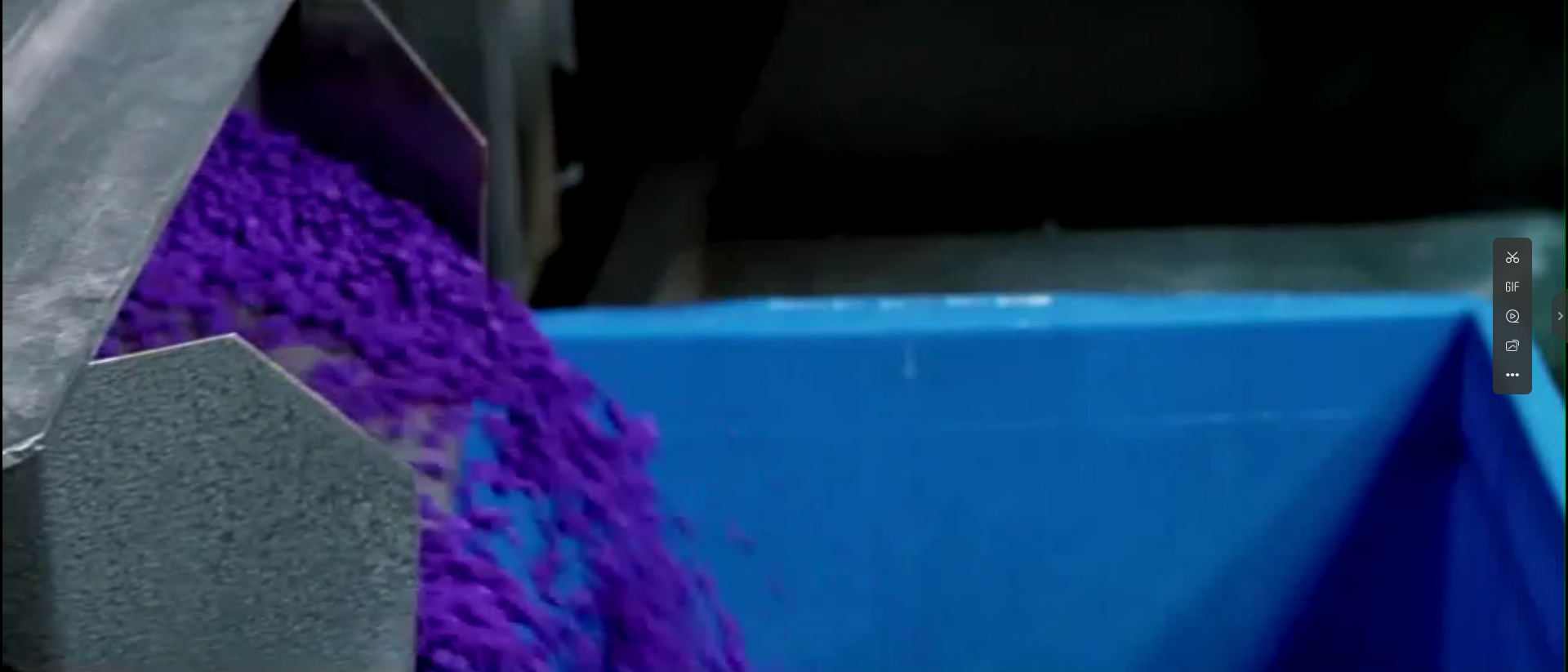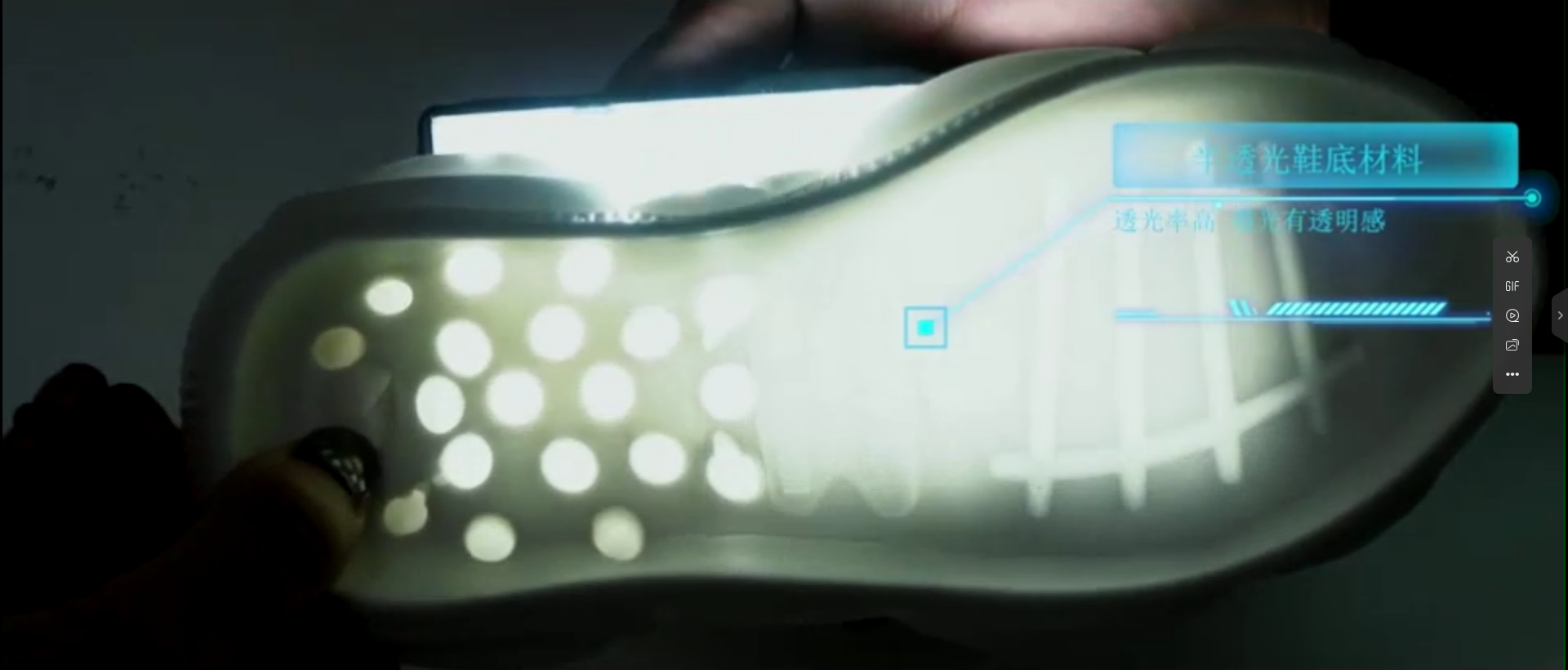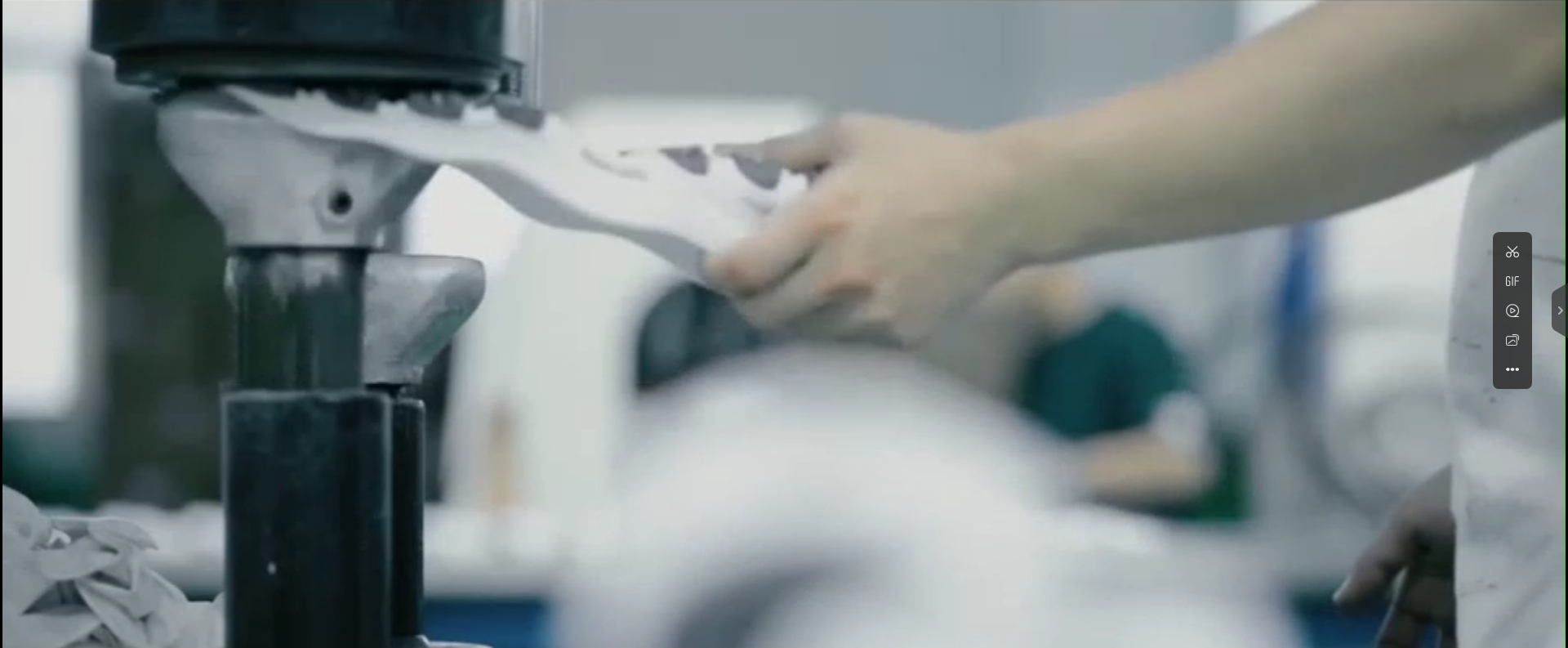1. Genuine leather sole:
Genuine leather sole is a type of sole that can automatically breathe and drive the feet to breathe. It has good breathability, does not clog the feet, and can automatically release absorbed sweat to keep the feet dry. Genuine leather soles are mainly made of cowhide, which is relatively expensive. Its advantages are easy to shape, unchanging, well fitting, good elasticity, can reduce impact without fatigue, ventilate, absorb moisture, etc., and it is also easy to process, and its shape is easy to display beauty. The texture is hard and not easily punctured, but it is prone to warping, deformation, or decay after being soaked in water or oil. Its main characteristics:
① Has good thermal insulation to ensure suitable temperature for feet inside the shoes
② Lightweight, with a weight of 0.95-1.05 grams per square centimeter, which is exactly the same density as water. It can be waterproof and release moisture when the shoes are no longer damp, ensuring that the shoes are in a comfortable state.
③ Unique three-dimensional fiber structure, the sole does not break when bent 180 degrees. Can quickly adapt to foot shape, effectively support ground impact, and more effectively protect feet than other materials of the same thickness.
2. Rubber sole (RB):
RB stands for rubber in English; Hot press molding, divided into natural rubber and recycled rubber. Heavy in weight and not resistant to oil. When molding the base, it must be roughened on the bonding surface, which is prone to shortening and inconsistent colors when heated.
Advantages: Good wear resistance, anti slip, elastic, not easy to break, good softness, good elongation, stable shrinkage, good hardness, good bending, waterproof.
Disadvantages: Heavy, prone to frost (due to quality issues), not easily corroded (environmental issues); Not hard and easily punctured; Poor breathability and moisture absorption, afraid of oil immersion, not suitable for wearing in places that come into contact with oil such as car gas stations.
※ Rubber foaming
Lighter in weight than rubber soles, with a rubber smell. When pressed with fingers, the surface rebounds more significantly than regular soles, and the wear resistance is poor.
※ High pressure polyethylene rubber bottom
The sole is mainly composed of high-pressure polyethylene and rubber odor, and rubber is used in combination with plastic.
Raw rubber base: heavy, expensive, not resistant to oil and heat. Easy to change color.
3. Polyurethane base (PU):
Polyurethane is the abbreviation for polyurethane, also known as polyurethane in English. It is a high molecular weight material made by foaming A/B/C polyester, and can be divided into two types: oil-based and water-based. It is an emerging organic polymer material, known as the "fifth largest plastic", commonly used in the manufacturing of high-end leather shoes, sports shoes, travel shoes, etc.
Advantages: Low density, soft texture, good elasticity, comfortable and lightweight to wear; Good oxidation resistance, excellent wear resistance, flexural resistance, and high hardness; Excellent shock absorption and anti slip performance; Good temperature resistance performance; Good chemical resistance performance; Easy to corrode, environmentally friendly, and less prone to wrinkling.
Disadvantages: Strong water absorption, easy yellowing, easy breakage, poor elongation, water resistance, easy bottom decay, poor breathability.
4. EVA bottom:
Ethylene Vinyl Acetate copolymer, a polymer material. Commonly used as a midsole for jogging, jogging, casual shoes, and foot training shoes. Lightweight, easy to process, not wear-resistant, not resistant to oil.
Advantages: Lightweight, elastic, flexible, not easily wrinkled, with excellent coloring properties, suitable for various climates.
Disadvantages: Easy to absorb water, not easy to corrode, not conducive to environmental protection, and easy to get dirty.
5. MD bottom:
Model or PHYLON is a collective term for EVA secondary high-pressure molded products. The MD sole must contain EVA inside, and the MD sole is also called a PHYLON sole. For example, MD=EVA+RB or EVA+RB+TPR, and some shoes are RB+PU, etc.
Advantages: Lightweight, elastic, slim appearance, and good softness; Easy to clean; Good hardness, density, tensile strength, tear resistance, and elongation.
Disadvantages: Not easily corroded, not conducive to environmental protection, prone to wrinkling and shrinkage at high temperatures; Poor durability, its shock absorption will decrease over time, and its breathability will be poor.
6. TPR bottom:
TPR was originally a broad term that includes products such as TPV, SEBS, SBS, TPO, TPU, EVA, etc. TPR sole mainly refers to the commonly used term for SBS modified shoe materials (belonging to the application of TPR materials). TPR shoe material special material is a new type of polymer shoe material mainly produced by thermoplastic SBS. It has the properties of rubber and can be processed and recycled according to thermoplastic plastics. It can be made into rubber products using ordinary plastic forming machines through injection molding, extrusion molding, and blow molding. TPR pellets are hot melted and then injection molded, during which the molecules move in an emitting manner.
Advantages: Easy to shape and affordable; It has the characteristics of lightweight, comfort, high elasticity, easy staining, good breathability, and high strength, especially excellent low temperature resistance, high friction coefficient, and strong grip.
Disadvantages: Heavy material, poor wear (not wear-resistant), poor flexibility, poor bending (not resistant to bending), poor shock absorption ability, and poor breathability.
7. TPU bottom:
The full name of thermoplastic polyurethane elastomer is a linear polymer material formed by the reaction of diisocyanates, macromolecular polyols, and chain extenders. It is a new type of environmentally friendly material.
Advantages: It has excellent mechanical strength, wear resistance, oil resistance, and flexural flexibility, especially the most prominent wear resistance, good appearance, generous and high-end.
Disadvantages: Poor heat resistance, hot water resistance, and compression resistance. The appearance is prone to yellowing, and the mold is prone to sticking during processing. It is harder, heavier, and has poor breathability.
8. PVC sole (imitation leather):
Polyvinyl chloride, with a natural color of slightly yellow semi transparent and glossy. Whitening may occur at the inflection point.
Advantages: Most of them are cheaper, oil resistant, wear-resistant, and have good insulation performance.
Disadvantages: Poor slip resistance, poor texture, lack of cold resistance, lack of folding resistance, and poor breathability.
9. TR bottom:
TR sole material is a new product improved on the basis of TPR, which is a synthetic material of TPE and rubber, and the product has excellent performance indicators; Hot injection molding, during which molecules move in a rolling ball shape. It has the characteristics of multiple appearance patterns, good hand feel, bright color, high smoothness, and high technical content, and can be 100% recycled, making it an environmentally friendly sole material.
10. Imitation leather sole:
It is a typical rubber plastic material with high elasticity, mainly composed of rubber as the base material, adding 10% to 30% high styrene, imitating the performance of leather soles. The appearance is similar to natural leather, with grain patterns. The products made from it are lightweight and have clear lines




